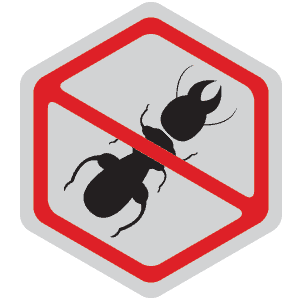Perceive the significance of utilizing proper examining strategy to decide presence or nonattendance, and to gauge populace thickness of animal groups. Know the parts of appropriate testing including strategy, area, timing, and test size. In pest control bromley many of the strategies are followed.

Logical inspecting strategies fluctuate by yield and irritation type. Techniques to evaluate the harm capability of significant normal bugs can commonly be found in state crops and IPM guides. Testing methods and conventions endeavor to gather data illustrative of the entire field condition on which to pursue the executive’s choices. Right testing wipes out the mystery in bother control by giving a way to evaluate the irritation issue. Use examining information and data on irritation and harvest science to settle on better administration choices. Note: Local circumstances might influence harvest and irritation science. To most utilize IPM rules, utilize the testing techniques and edge rules suggested by your state.
Normal techniques for examining:
Visual Inspection for bugs, infections, weeds, vertebrates, or other plant harm. Appraisals were made while strolling all through the field. Information is by and large recorded as the number of people per plant or plant part or level of plants or region impacted. Weed evaluations incorporate species ID, type (yearly, perpetual, grass, broadleaf, and so on), and the overall wealth of significant species in the field.
Bugs:
- Clear net or beat materials – For portable bugs, for example, potato leafhopper examining conventions call for utilizing a 15-inch breadth clear net. Tests are taken in various areas inside the field. Evaluations are made by counting the number of people gathered in the net per “X” number of breadths. Beat materials are one more strategy for gathering data on less versatile bugs in line crops, like bug vermin and aphids. The beat fabric is utilized as a way to gather bugs shaken from plants in an example region like a square foot. The number of people gathered per unit region is contrasted with the suggested rules.
- Catching – Several kinds of catching gadgets are utilized in an assortment of bug data.
- Light snares – used to decide the relative wealth of bugs in a characterized district. Data on the number of grown-ups trapped in the snare over the long run is utilized to assist with anticipating potential bug flare-ups.
- Tacky snares – Used to gather little flying bugs like aphids, leafhoppers, flies, and creepy crawlies. Relative overflow and the kind of bug gathered are recorded.
- Pheromone traps – substance attractant traps used to decide whether specific animal groups are nearby. Additionally used to identify beginning trips of bugs, for example, European corn drill and the overall wealth of bugs like western corn rootworm.
Illness Sampling
As various illnesses are leaned toward by various ecological circumstances, scout for sicknesses all through the whole developing season related to other exploring exercises. Sicknesses might end up being more clear during specific seasons of yield improvement like harvest development or seasons of pressure (e.g., dry spell or flood), and pre-or post-gather. Search for areas of hindered, yellow, stained, shriveled, distorted, or dead plants.
Side effects of various sicknesses frequently seem comparative and can now and again be mistaken for different illnesses like nourishing lacks and abiotic issues. On the off chance that an issue can’t be analyzed in the field, uncover a few plants that show run-of-the-mill side effects. For some infections, it is vital to incorporate the above and subterranean plant parts while submitting tests for determination.
